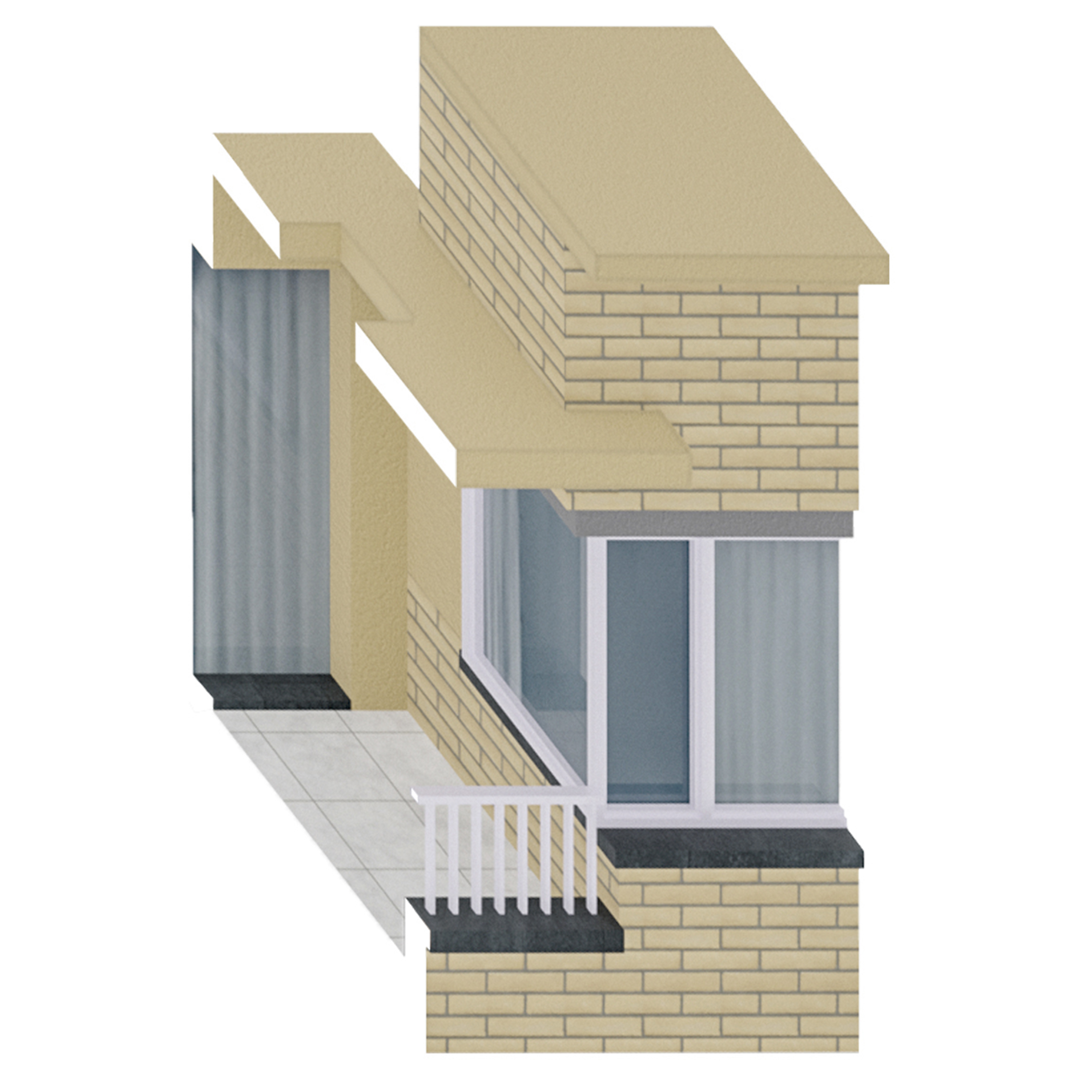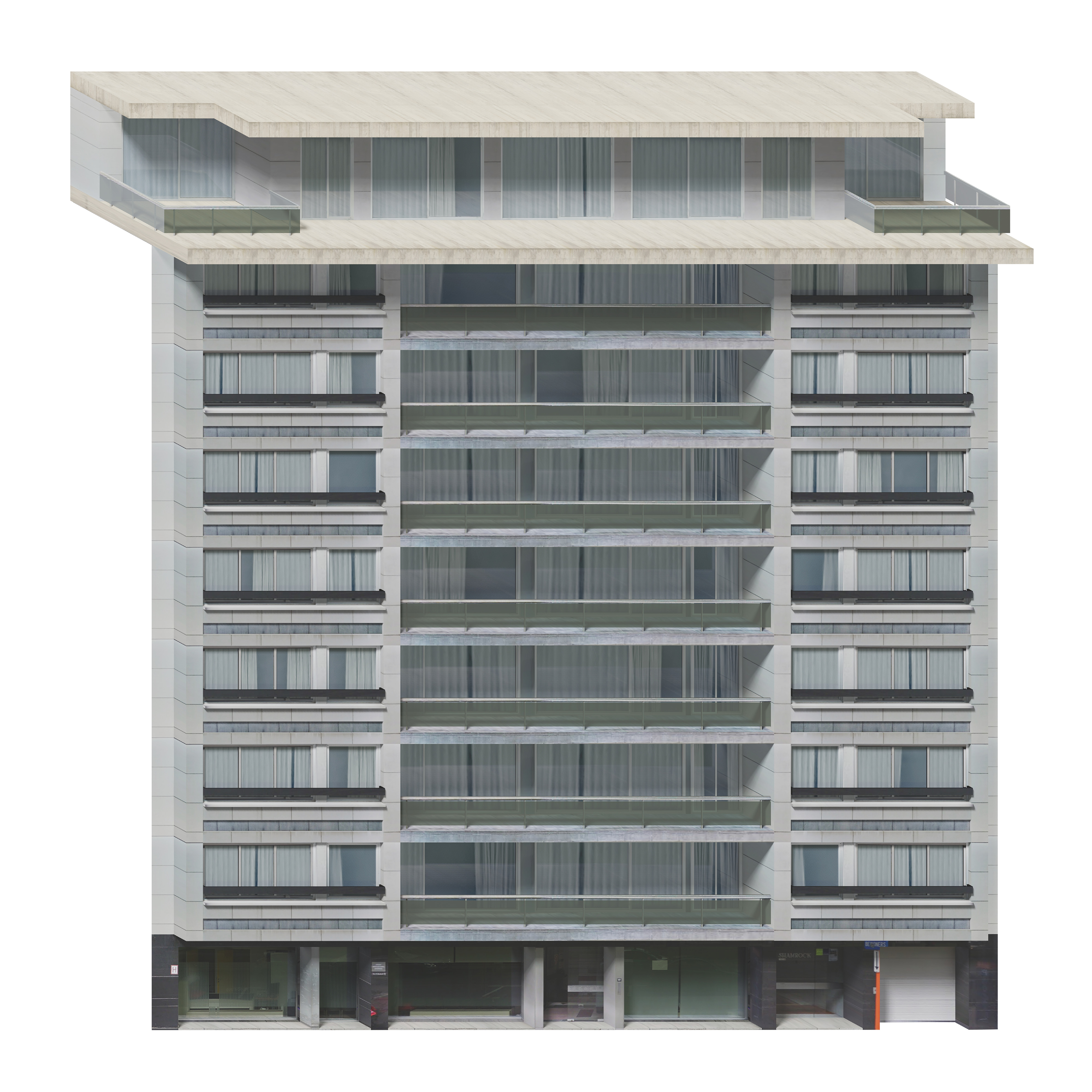STATION TO STATION
Lehrstuhl für Gebäudelehre, RWTH Aachen, 2020
This studio seeks to conceive an architecture in motion. It serves as collective research into several key themes; the perception and design of architecture in motion, the aesthetics of repetition and the modular, and the potential of the causal and the banal. Through new means of digital representation we find a workable method to address these themes simultaneously. A series of small design research exercises explore the potential of each theme individually.
![Student work by Marius Wießler & Angel Monev]()
![Student work by Marius Wießler & Angel Monev]()
![Student work by Marius Wießler & Angel Monev]()
![Student work by Marius Wießler & Angel Monev]()
![Student work by Marius Wießler & Angel Monev]()
![Student work by Marius Wießler & Angel Monev]()
![Student work by Marius Wießler & Angel Monev]()
![Student work by Marius Wießler & Angel Monev]()
![Student work by Marius Wießler & Angel Monev]()
![Student work by Marius Wießler & Angel Monev]()
![Student work by Marius Wießler & Angel Monev]()
![Student work by Marius Wießler & Angel Monev]()
![Student work by Marius Wießler & Angel Monev]()
![Student work by Marius Wießler & Angel Monev]()
![Student work by Marius Wießler & Angel Monev]()
![Student work by Marius Wießler & Angel Monev]()
![Student work by Marius Wießler & Angel Monev]()
![Student work by Marius Wießler & Angel Monev]()
![Student work by Marius Wießler & Angel Monev]()
![Student work by Marius Wießler & Angel Monev]()
![Student work by Marius Wießler & Angel Monev]()
![Student work by Marius Wießler & Angel Monev]()
![Student work by Marius Wießler & Angel Monev]()
![Student work by Martin Gjoleka & Aleksandar Todorov]()
![Student work by Martin Gjoleka & Aleksandar Todorov]()
![Student work by Martin Gjoleka & Aleksandar Todorov]()
![Student work by Martin Gjoleka & Aleksandar Todorov]()
![Student work by Martin Gjoleka & Aleksandar Todorov]()
![Student work by Martin Gjoleka & Aleksandar Todorov]()
![Student work by Martin Gjoleka & Aleksandar Todorov]()
![Student work by Martin Gjoleka & Aleksandar Todorov]()
![Student work by Martin Gjoleka & Aleksandar Todorov]()
![Student work by Martin Gjoleka & Aleksandar Todorov]()
![Student work by Martin Gjoleka & Aleksandar Todorov]()
![Student work by Martin Gjoleka & Aleksandar Todorov]()
![Student work by Martin Gjoleka & Aleksandar Todorov]()
![Student work by Martin Gjoleka & Aleksandar Todorov]()
We often do not realise that railway stations were built for trains rather than men. It is hard to find another building in the city that devotes so much of its surface area to a mechanical infrastructure which supports massive metal machines rolling on heavy metal wheels along long metal tracks. Within this large apparatus, the stations’ travellers are confined to a simple platform. It is only due to our familiarity with these places that we do not see their futuristic absurdity.
A strong quality of the place can be found in its repetition. Long platforms are systematically laced with travel information displays, seats for waiting, screens against the wind, trash cans, lights, and vending machines. Along it, the heavy tracks rest on a densely repetitive bed of sleepers bolted in with two bolts each. The arriving trains comprise repetitive chains of the same wagon, each lined with a single or double row of windows, through which the slightly misaligned repetitive seats can be found.
![Brussels Midi Station by David Niemietz]()
![Brighton Station by Angel Monev]()
![Brussel Zuid Station, Azzam Zantah]()
![Lille Europe Station by Dany Teixeira]()
![Leipzig Hbf Station by Marius Wießler]()
![Lelystad Centrum Station by Aleksandar Todorov]()
![Madrid Atocha Station by Katharina Glorius]()
![Paris Gare du Nord by Laura König]()
![Shenzen North Station, Nabeel Jamal]()
![Zürich HB Station by Martin Gjoleka]()
Repetition is the element that makes these banal objects and structures work. Viewed alone, it is easy to consider that purely functional reasons drive these places to look as they do. From object to object, appearances can vary considerably. Yet, because all elements are arranged in their own repetitive chains, running along the tracks from one end of the station to the other, the components begin to relate to one another. A structured collection of ordinary parts can comprise something extraordinary as a collective whole.
![Rue des Palais 153, Brussels by Martin Gjoleka & Alexandar Todorov]()
![Chaussee de Forest 94, Brussels by Dany Teixeira & Nabeel Jamal]()
![Avenue Fonsny 38, Brussels by Angel Monev & Marius Wießler]()
![Rue du Progrès 80, Brussels by Martin Gjoleka & Alexandar Todorov]()
![Rue du Midi 148, Brussels by Dany Teixeira & Nabeel Jamal]()
![Rue du Marché 1, Brussels by Martin Gjoleka & Alexandar Todorov]()
![Rue des Palais 153, Brussels by Martin Gjoleka & Alexandar Todorov]()
![Rue de Russie 45, Brussels by Katharina Glorius & David Niemietz]()
![Place Charles Rogier 1, Brussels by Martin Gjoleka & Alexandar Todorov]()
![Cite Fontainas 5, Brussels by Katharina Glorius & David Niemietz]()
![Avenue du Port 2, Brussels by Dolovan Suliman & Azzam Zantah]()
![Utility pole by Katharina Glorius & David Niemietz]()
![Utility pole by Ilkin Kavi & Konstantinos Kontokostas]()
Perhaps the most beautiful moment takes place upon departure. When the train slowly pulls out of the station, the multitude of rhythms begin to slide along one another at different speeds. The station becomes a composition of motion, facilitated only by its causal repetitive elements and structures that make up this mechanical place.
As the eye moves through space, the space moves with it. Even though most designed spaces are static, a passage through them will show that surfaces slide into view at variable speeds depending on their distance and spatial composition. Even though this dynamic sequence is an important one, we rarely discuss them in our architectural discourse. Maybe we never had the tools to do so, always confined by the static sketch or the printed image. As our means have greatly improved over time thanks to our increased digital capabilities, we are now able to explore the potential of the architectural impression in motion.
![Paul Delvaux, Gare de Jour I by Azzam Zantah]()
![Paul Delvaux, Gare de Jour II by David Niemietz]()
![Paul Delvaux, Gare la Nuit I by Katharina Glorius]()
![Paul Delvaux, Gare la Nuit II by Angel Monev]()
![Paul Delvaux, La Gare Forestiere by Konstantinos Kontokostas]()
![Paul Delvaux, La Gare Forestiere]()
![Paul Delvaux by Marius Wießler]()
![Paul Delvaux]()
These themes of repetitive patterns in motion and the ambition to make something extraordinary out of the repetitive banal are central to contemporary art. The studio studies these themes closely, particularly looking at the ZERO movement, which makes almost industrial looking systems through low tech means, such as folded paper and indented clay. As well as Radical Art and what followed from it. The history of the railway industry also serves as a key reference, making tangible a two century evolution.
![Residentie Killingspree, Franklin Rooseveltlaan 459-470, Ghent by Katharina Glorius]()
![Fragment: Residentie Killingspree, Franklin Rooseveltlaan 459-470, Ghent by Katharina Glorius]()
![Fragment: Residentie Killingspree, Franklin Rooseveltlaan 459-470, Ghent by Katharina Glorius]()
![Residentie Magistral, Hubert Frere-Orbanlaan 380, Ghent by Aleksander Todorov]()
![Fragment: Residentie Magistral, Hubert Frere-Orbanlaan 380, Ghent by Aleksander Todorov]()
![Fragment: Residentie Magistral, Hubert Frere-Orbanlaan 380, Ghent by Aleksander Todorov]()
![Residentie Cabedelo, Franklin Rooseveltlaan 24, Ghent by Konstantinos Kontokostas]()
![Fragment: Residentie Cabedelo, Franklin Rooseveltlaan 24, Ghent by Konstantinos Kontokostas]()
![Fragment: Residentie Cabedelo, Franklin Rooseveltlaan 24, Ghent by Konstantinos Kontokostas]()
![Residentie Central Park, Hubert Frere-Orbanlaan 59-63, Ghent by Nabeel Jamal]()
![Fragment: Residentie Central Park, Hubert Frere-Orbanlaan 59-63, Ghent by Nabeel Jamal]()
![Fragment: Residentie Central Park, Hubert Frere-Orbanlaan 59-63, Ghent by Nabeel Jamal]()
![Residentie Frontenac, Hubert Frere Orbanlaan 130-141, Ghent by Azzam Zantah]()
![Fragment: Residentie Frontenac, Hubert Frere Orbanlaan 130-141, Ghent by Azzam Zantah]()
![Fragment: Residentie Frontenac, Hubert Frere Orbanlaan 130-141, Ghent by Azzam Zantah]()
![Fragment: Residentie Frontenac, Hubert Frere Orbanlaan 130-141, Ghent by Azzam Zantah]()
![Residentie Shamrock, Hubert Frere-Orbanlaan 178-211, Ghent by Marius Wißler]()
![Fragment: Residentie Shamrock, Hubert Frere-Orbanlaan 178-211, Ghent by Marius Wißler]()
![Residentie Sunbury, Hubert Frere-Orbanlaan 44, Ghent, Belgium by Martin Gjoleka]()
![Fragment: Residentie Sunbury, Hubert Frere-Orbanlaan 44, Ghent, Belgium by Martin Gjoleka]()
![Residentie Thalassa, Hubert Frere-Orbanlaan 482, Ghent by Angel Monev]()
![Fragment: Residentie Thalassa, Hubert Frere-Orbanlaan 482, Ghent by Angel Monev]()
![Fragment: Residentie Thalassa, Hubert Frere-Orbanlaan 482, Ghent by Angel Monev]() STUDENT WORK MSC-2:
Martin Gjoleka, Katharina
Glorius, Nabeel Jamal, Konstantinos Kontokostas, Laura König, Angel
Monev, Dany
Teixeira, Aleksandar Todorov, David Niemietz, Marius Wißler, Azzam Zantah
STUDENT WORK MSC-2:
Martin Gjoleka, Katharina
Glorius, Nabeel Jamal, Konstantinos Kontokostas, Laura König, Angel
Monev, Dany
Teixeira, Aleksandar Todorov, David Niemietz, Marius Wißler, Azzam Zantah
STUDIO: Marius Grootveld
YEAR: 2020-21
INSTITUTION: RWTH Aachen
CHAIR: Lehrstuhl für Gebäudelehre und Grundlagen des Entwerfens
PROF: Anne-Julchen Bernhardt
VELDWERK TEAM: Marius Grootveld









































































































